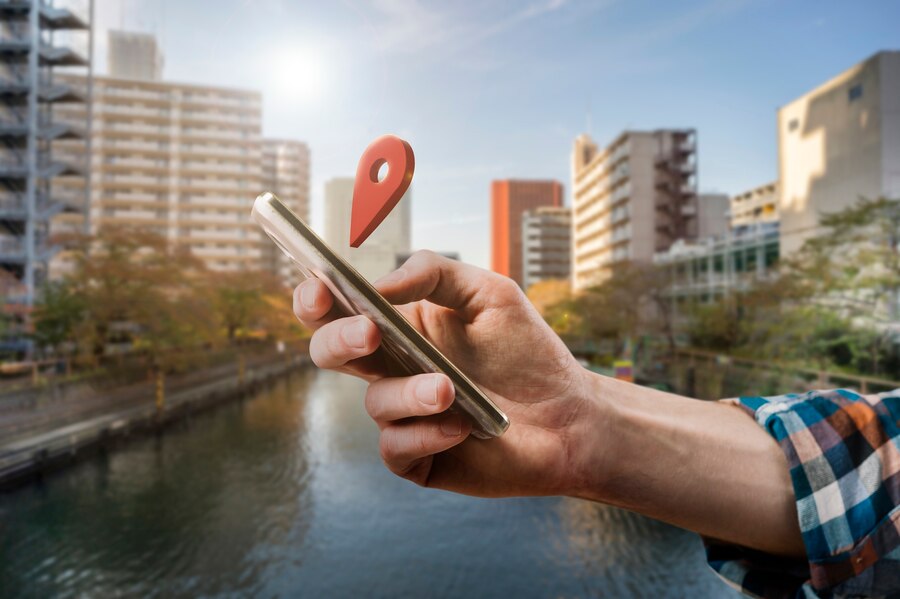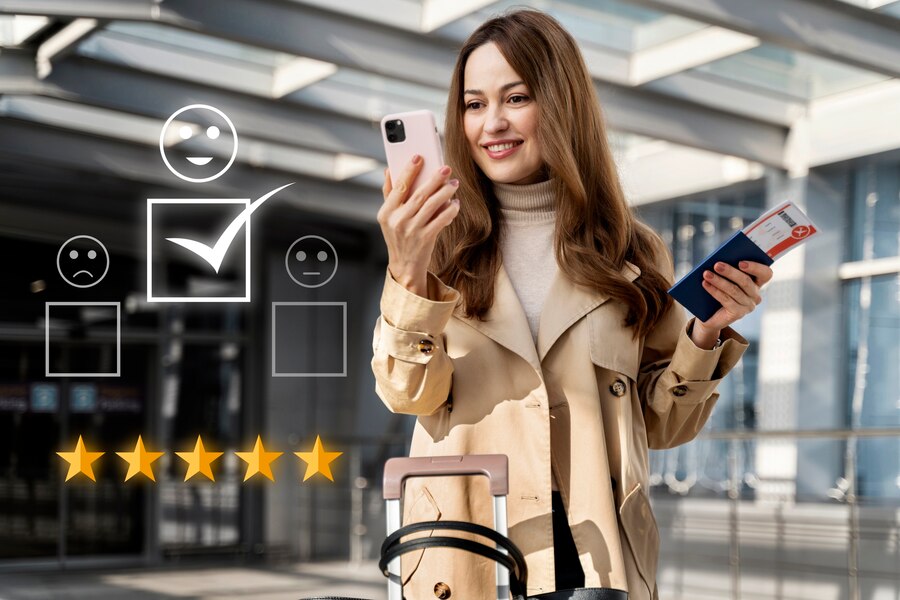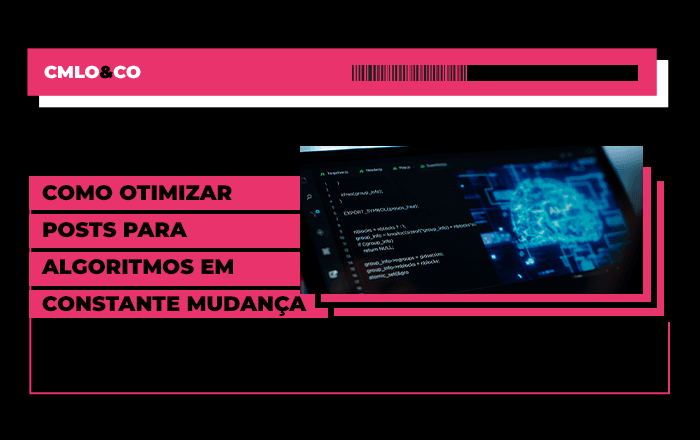Have you ever wondered how some companies manage to send personalized offers, promotions and content to their customers based on their location? This is one of the advantages of geolocalized advertising, a marketing strategy that uses geolocation data to segment the target audience and create more relevant, efficient and engaging campaigns.

In this article, we're going to explain what geolocation marketing is, how it works, what its benefits are and how you can apply it to your business. We'll also show you some successful cases of companies that have used this technique to increase their sales and build customer loyalty. Are you curious? Then read on and find out all about it!
What is geolocation marketing?
Also called geomarketing, it is a strategy that allows you to segment the target audience of a marketing campaign based on their geographical location.
In other words, it's a way of delivering personalized and more relevant messages and content to your potential customers, based on where they are or where they hang out.
This segmentation can be done using different tools and technologies, such as GPS, Wi-Fi, Bluetooth, IP, cookies, mobile applications, social networks, among others. The aim is to identify the location of users and offer solutions that are relevant to their needs and interests at that time.
For example, if you have a restaurant and want to attract more customers to your establishment, you can use geolocation marketing to send promotional messages to people who are close to your address.
In this sense, you can invite them to see your menu, offer discounts or exclusive gifts, or even inform them about waiting times or the availability of parking spaces.
How does it work?
Geolocation marketing works by using technologies that make it possible to track and identify the location of users of mobile devices, such as smartphones and tablets, for example. These technologies can be
- GPS: global positioning system that uses satellites to determine the exact location of a device.
- Wi-Fi: a wireless network that allows devices to be connected to the internet. It can also be used to estimate the location of a device, based on its proximity to access points.
- Bluetooth: wireless technology that allows communication between nearby devices. It can also be used to send and receive information about users' locations.
- IP: Internet protocol that identifies the address of a device connected to the network. It can also be used to estimate the user's geographical location, based on the service provider.
Using these technologies, you can collect data on users' locations and use it to target your marketing campaigns.
To do this, however, users must allow access to their location by the applications or websites they use. In addition, consumer privacy and data protection laws and regulations must be respected.
Benefits of geomarketing
Geolocalized advertising brings several benefits to the companies that use it. See some of them below:
Target audience segmentation
By using location as a targeting criterion, you can reach a more qualified audience that is interested in your offer. This, in turn, increases the chances of conversion and reduces the cost per acquisition.
Creating more relevant messages and content
By knowing where your audience is and what they are looking for at that moment, you can create messages and content that are better suited to their needs and expectations. This generates more value and trust for your brand.
Greater influence on purchasing decisions
Geolocalized advertising makes it possible to send offers or content at the right time and in the right place, which helps to influence users' purchasing decisions.
For example, if you send a discount coupon to a customer who is near your physical store, you can encourage them to visit your establishment and make a purchase.
Increasing local competitiveness
By advertising geolocally, you can stand out from the local competition and attract more customers to your business. You can, for example, offer exclusive advantages to users in your region, such as free shipping, fast delivery or giveaways.
Optimization of marketing campaigns
Another great advantage of geomarketing is being able to track the performance of your campaigns and measure your results.
This way, you can identify what is working and what needs to be improved, and make adjustments to your strategies to optimize your return on investment.
Local personalization of the user experience
With geolocalized advertising, you can personalize the user experience according to their location.
This means that you can adapt your website, e-commerce or blog to show information, products or services that are more relevant to each region.
For example, you can show prices in local currencies, provide local payment options, show local customer reviews, among other possibilities.
More engagement for your website, e-commerce or blog
Finally, it's worth noting that with geolocalized marketing you can generate more engagement for your business. website.
This is because you can create content that is of interest to your local audience, such as tips, trivia, events, news and more. In addition, you can encourage users to interact with your brand through geotagging, check-ins or geofilters.
The role of local personalization in the customer experience
Local personalization is one of the factors that most influence the customer experience. According to a Epsilon research80% consumers are more likely to buy from a brand that offers personalized experiences.
This means that customers expect companies to know their preferences, needs and behaviors. And, of course, that they offer solutions that fit their profile. This includes their location.
By personalizing the customer experience according to their location, you can generate more satisfaction, loyalty and recommendations. In other words, you can show that you care about your audience and are willing to offer them the best.

Best segmentation strategies
As we've seen, there are several ways of doing geolocalized advertising. But what are the best targeting strategies for your business? Here are some tips:
Local SEO
SEO (Search Engine Optimization) is a set of techniques that seeks to improve the positioning of a website in the organic search results of Google and other search engines.
Local SEO is a branch of SEO that focuses on optimizing the site for keywords related to the location of the business or target audience.
For example, if you have a pizzeria in São Paulo, you could use terms such as "pizzaria em São Paulo", "pizzaria na Vila Madalena", "pizzaria delivery em São Paulo", among others.
It's also important to have a profile on Google My Business, a free tool that allows you to register information about your business, such as address, telephone number, opening hours, photos and reviews. This way, you can appear in local search results and on Google Maps.
Geolocalized advertising
As the name suggests, it's a way of segmenting the target audience of a marketing campaign based on their geographical location.
To do this, you can use platforms such as Google Ads, Facebook Ads or Instagram Ads to create customized ads for each region you want to target.
You can define the geographical area by country, state, city or distance radius. You can also use criteria such as age, gender, interests and behavior to refine your segmentation.
Geotargeting
Geotargeting is a technique that consists of sending personalized messages to users according to their current or past location.
You can use this technique to show different content on your website or e-commerce site according to the user's location. For example, sending a discount coupon to those who are near the store or an invitation to those who have recently visited the store.
Geotagging
This strategy allows you to include location tags in social media posts so that consumers discover content related to your area, promoting local engagement.
For example, posting a photo on Instagram with the store's location or inserting a map on the website with the company's location. This helps to increase the brand's visibility and credibility, as well as encouraging users to share their experiences.
Geofencing
A geolocalized marketing technique that consists of creating a virtual area delimited by geographical coordinates, which triggers an action when a user enters or leaves it.
For example, sending a notification to anyone entering a shopping mall or a specific neighborhood. To do this, you need to use devices such as GPS, Wi-Fi or beacons;
Check-ins
A segmentation strategy that consists of encouraging users to register their presence in a physical location on social networks or other applications.
To encourage adherence to the strategy, you could, for example, offer a gift to those who check in at the store or at an event.
This helps to increase brand engagement and reach, as well as generating social proof.
Geofilters
Another interesting geolocalized advertising strategy is to create custom filters for social networks or other applications, which can only be used in certain locations.
In this sense, you can create a themed filter for Snapchat or Instagram Stories, which can only be used in-store or at an event. This helps increase interaction and brand awareness, as well as generating user-generated content.
Why invest in geolocalized advertising?
Investing in geolocalized advertising is a way of standing out from the competition and getting closer to your customers, offering solutions that are more suited to their needs and preferences.
In addition, it is a way of keeping up with market trends and consumer behavior, who are increasingly using mobile devices and looking for convenience and personalization.
Success stories
Trends in digital marketinggeolocalized advertising has benefited several famous brands over the years. Here are some of them:
Outback
Although it has several restaurants all over the world, Outback invests in geomarketing to target ads more effectively and efficiently at its potential customers.
Through geolocalized campaigns, the company generated a 80% increase in click-through rates (CTR) of the ads. It also achieved a significant increase of 78% in post-click activities, such as providing information about the menu.
Starbucks
The famous coffee shop chain uses geofencing as one of its geomarketing strategies. In this way, it usually sends personalized offers, notifications and discount coupons to users who are part of its loyalty program, according to their location and purchase history.
CMLO&CO: your partner in geomarketing
Geolocalized advertising requires technical knowledge, time and a team dedicated to the subject. However, you don't have to face this challenge alone.
You can count on the help of CMLO&CO, marketing and advertising agency with over 12 years' experience in the market, which can help you create segmented campaigns with high engagement and conversion potential.
CMLO&CO can help you define your objectives, choose the best strategies, create the most relevant content, monitor the results and optimize your actions. All with creativity, quality and efficiency.
This way, you'll not only reach your target audience more effectively, but you'll also increase customer satisfaction and boost the success of your business. Get in touch with our experts.







